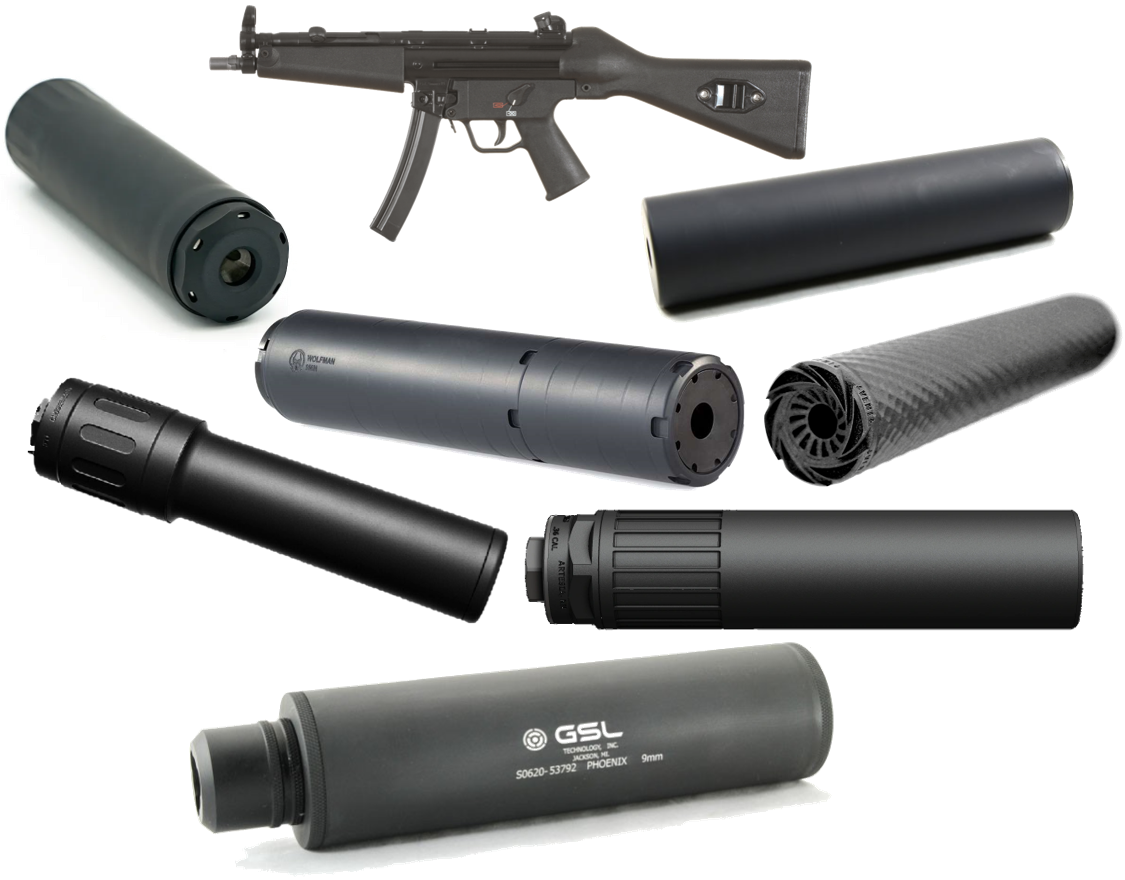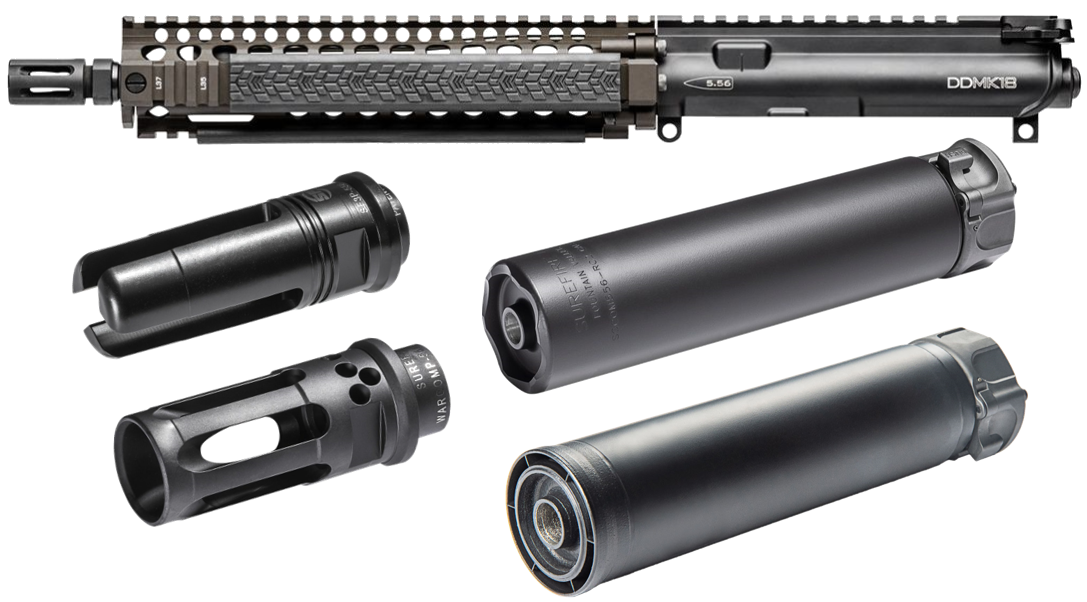SSS.6.200- Research Supplement: Unsuppressed 7.62×39mm AK-Pattern Rifles as Silencer Test Hosts (Public Article)
/Bolt-action weapons allow for the elimination of variables to study pure sound signature suppression phenomena. PEW Science is continuing bolt-action weapon testing, analysis, and research. Automatic weapons introduce additional sources of overpressure to atmosphere, namely from their breach during function, which is necessary for ejection. Since the introduction of automatic rifle signatures into the Standard in Public Research Supplement 6.51, and automatic subgun signatures in Public Research Supplement 6.85, additional weapon system variables have been introduced that influence the sound fields, as mapped by the measured muzzle and at-ear signatures. PEW Science is continuing the aforementioned bolt-action and automatic rifle weapon testing, analysis, and research. The purpose of this Public Research Supplement is to present a first-look at muzzle blast phenomenology for a new addition to the published host weapon systems in the Standard; AK-pattern rifles chambered in 7.62×39mm.
Read More















